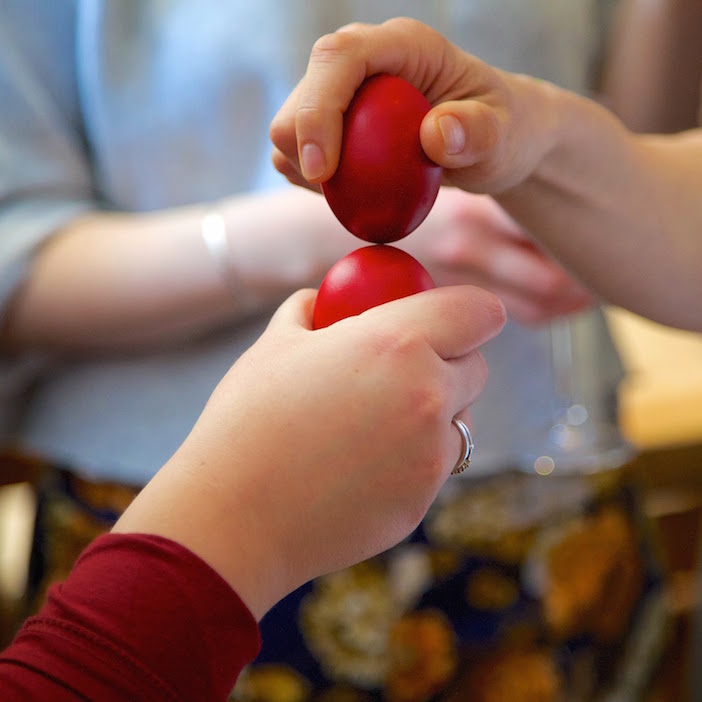
According to age-old Greek tradition, Easter eggs are dyed red. The red color represents the blood of Jesus Christ, whose resurrection is celebrated on the holiday of holidays throughout the Greek world. The egg itself represents the sealed tomb of Jesus from which he emerged following his crucifixion.
According to tradition, Holy Thursday is the day that Greeks dye their eggs and red has been the traditional color. In the Western world, and even in Greece, the tradition has started to fade and bright colors, patterns, stickers are used to decorate Easter eggs.
The game of cracking— or “tsougrisma” as the Greeks call it symbolizes the breaking open of the tomb and Jesus Christ’s resurrection from the dead. The custom takes place after the Resurrection (on Easter Saturday at midnight or the following day during the Easter feasts). Two people compete by holding their respective egg in their hand and tapping at each other’s egg. The goal is to crack the other player’s egg. The winner, then, uses the same end of the egg to tap the other, non cracked end of the opponent’s egg. The “winner” is the one, whose egg will crack the eggs of all the other players.
Why Greeks Crack Eggs on Easter
















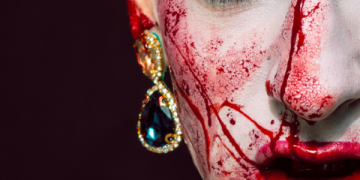





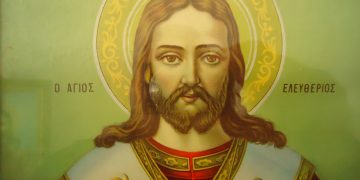


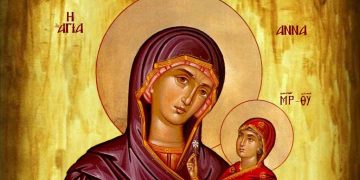
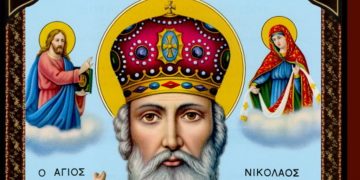
















Σχόλια για αυτό το άρθρο